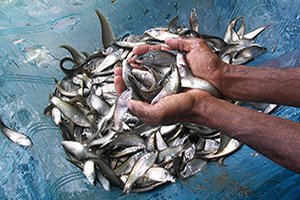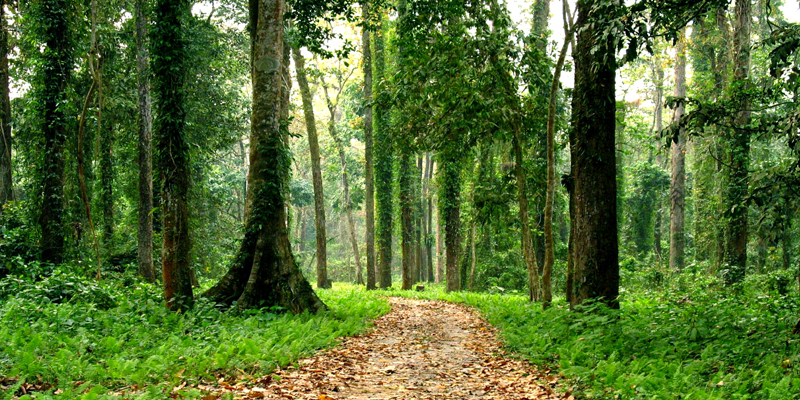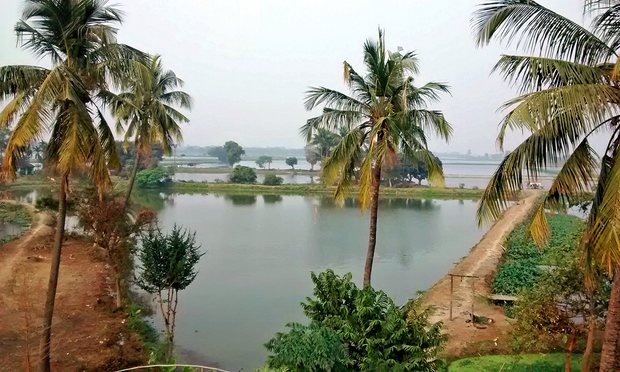To augment fish cultivation in various waterbodies across West Bengal, the state fisheries department has decided to examine the quality and contents in water by using satellite images.
For this, the State Fisheries Department will procure most advanced satellite images through which senior officials of the department will be able to assess the condition of various water bodies across the state. After going through the satellite images, the senior officials of the department sitting at their offices will get to know about quality of water in each water body across the state.
West Bengal is the first state to come up with this unique idea so that the people involved in pisciculture can have technical assistance from the government. It will also give them a detailed idea on how to improve the quality of water and this will increase the production in fishes. If the project is a success, it can be model projects for the other states as well.
Experts also feel that examining water quality is an important contributing factor in the production of fishes. The quality of water always determines the increase in the production of fishes. Various parameters such as dissolved oxygen content in water, chlorophyll, water turbidity, water depth plays an important role in the development of pisciculture in the state.
The technique will immensely benefit the people involved in pisciculture. Many of these people often incur losses after they cultivate fingerlings in the ponds without the examining the water quality. Many people in the villages depend on bank loans and later, they miserably fail to repay the loans if the fish cultivation was not good.
Considering the various aspects, the state fisheries department will examine the quality of water of the ponds or any other water bodies so that the farmers will get some guidelines from the department before investing money into the fish cultivation business. After conducting a thorough research, the department has decided to use satellite images which will give a proper picture of the water bodies even at the farthest corners of the state. After going through the satellite images one will be able to know the condition of a particular water body, if it is suitable for pisciculture.
The farmers will also have prior information from the department on the nature of a pond before getting bank loans. Some of these parameters relating to the quality of water can be estimated from multispectral satellite images.
The Fisheries department is carrying out a study on an experimental basis at Chakda Block in Nadia and some other districts to estimate these water parameters using WV-II multispectral satellite image. The data are being verified through analysing water samples.But the real condition of water does not emerge as the WV-II data taken for sample verification is relatively old.



